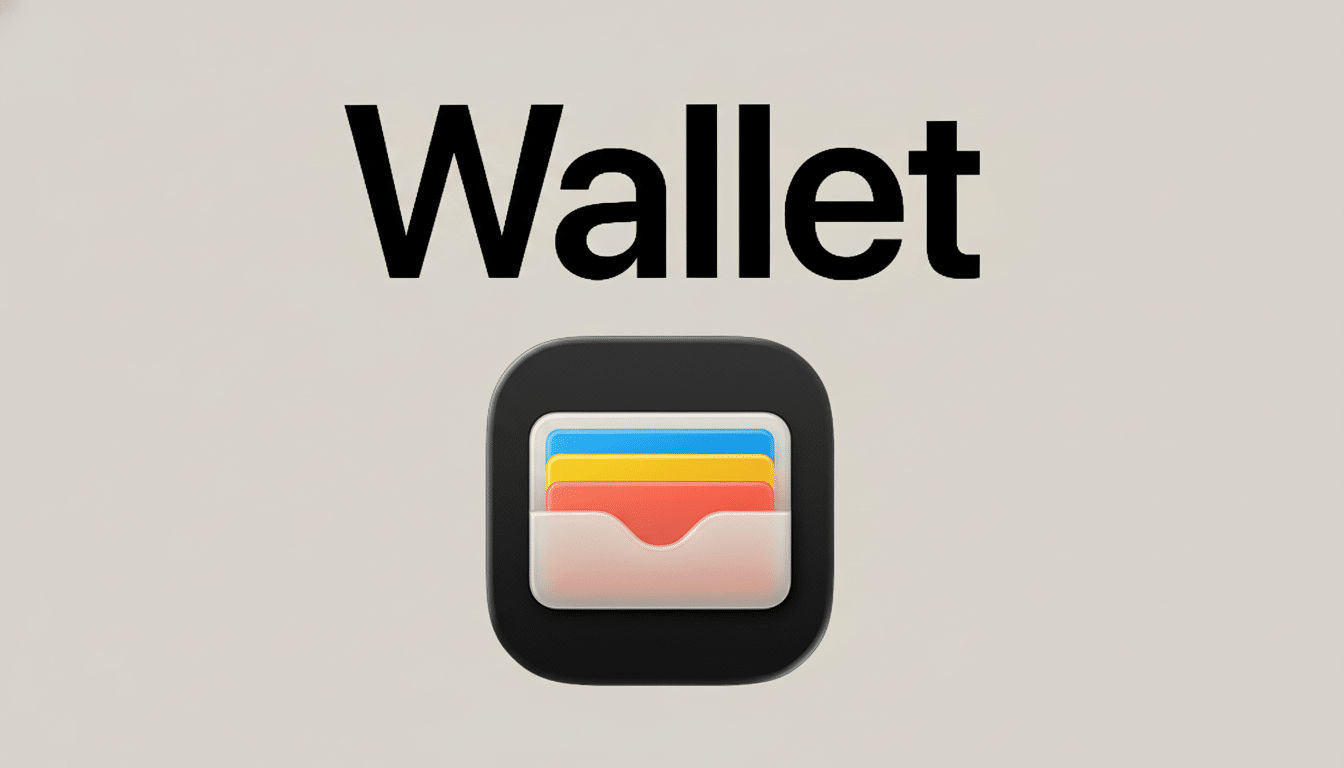Apple has introduced Digital ID for Apple Wallet, a new way to display government identity credentials from an iPhone or Apple Watch. The feature is being introduced in a limited U.S. beta, starting with domestic flights and eligible at over 250 Transportation Security Administration checkpoint locations at airports across the country. It is not for international travel, and it does not replace a traditional passport.
What Digital ID Does Now at TSA Checkpoints
Upon launch, Digital ID is designed to expedite and simplify identity checks at TSA security lanes that allow for digital verification. Travelers will use Face ID or Touch ID on their device to authenticate, allowing them to tap or follow on-screen instructions to hold the device near an identity reader (e.g., at a checkpoint) and transfer only the information currently requested by TSA for identity verification. The experience is reminiscent of Apple Pay, but for identity, and also functions on compatible Apple Watch models.

Apple notes that Digital ID is currently restricted to domestic travel. For international travelers, you’ll still need that physical passport, and cross-border use would depend on airlines, border agencies, and standards bodies adopting it.
How Enrollment Works for Apple Wallet Digital ID
To begin setting up Digital ID, open Wallet. The user taps the Add button and selects Driver’s License or ID Card, then Digital ID, and follows on-screen instructions. This process starts by scanning the data page of a U.S. passport, reading an embedded chip contained in some U.S. passports using the latest iPhone’s NFC reader, and taking liveness checks with simple head movements. This links the credential to the device and deters spoofing.
After it’s provisioned, showing a Digital ID follows the simple pattern of showing a boarding pass in Wallet: double-click the side button, choose ID to show, and authenticate. The reader will ask only for the data it needs for that particular use case, and a consent screen on the device’s screen will list what is being shared.
Privacy and Security Design Behind Digital ID
The central promise of Digital ID is selective disclosure: to prove that you are “over 21” or to match a photo without revealing your full birthdate or address. That data minimization approach is consistent with advice from groups like NIST on the reduction of raw data exposure in identity proofing and authentication.
Technically, the system is built on the same hardware-backed security Apple uses for payments: credentials and keys are stored in the Secure Enclave, and each presentation requires user biometric or passcode approval. It reads the ePassport chip using NFC and adds tamper-evident, cryptographically signed data compliant with ICAO electronic machine-readable travel documents.
According to Apple, verifiers never have unfettered access to the contents of your Digital ID; instead, Wallet mediates this exchange and provides you with a granular consent screen.

That model mitigates one of the common critiques from privacy groups, who argue that digital IDs can morph into over-collection mechanisms if not built with tight scope limits.
Where You Can Use Digital ID in Apple Wallet Today
The early beachhead is TSA security checkpoints, where the agency has outfitted the entry lanes to read digital IDs; it’s a network that the agency has been rolling out for years. In 2024, total travel volumes reached record highs at TSA, where almost 3 million passengers were screened on peak days; incremental efficiency improvements could add up, even in small increments. Acceptance by terminal and lane could differ during the rollout.
Outside of airports, Apple sees uses like age verification at places that serve alcohol, checking in to hotels, and verifying identity within partnered apps (like those used for banking or car sharing). Each will rely on the integration of verifiers and regulatory approval, so consumer availability will be more of a gradual process than an immediate drop.
How It’s Different From State Mobile IDs
Apple has backed digital driver’s licenses and state IDs in Wallet since 2022, with access coming to more and more U.S. states and Puerto Rico. Those credentials are issued by state motor vehicle agencies and adhere to the ISO standard for mobile driver’s licenses. Digital ID adds a passport-centric enrollment route, providing individuals with a nationally accepted document on which to hang their Wallet identity (handy for states lacking mobile IDs).
In practice, consumers may have both: a state-issued mobile ID for local services and passport-based Digital ID for international travel and wider verification. Apple’s challenge is to harmonize these sources, so that people can go forward and present the right credential with as little friction and as much clear consent as possible.
What Comes Next for Digital ID and Travel Standards
International use would, however, need to be accepted by border authorities and airlines, which could possibly align with or evolve into ICAO Digital Travel Credential initiatives. In the U.S., broader use will depend on infrastructure readiness — airports, retailers, and app providers — falling in line with the policies of federal and state regulators.
For now, the message is simple: if you fly domestically and have your iPhone or Apple Watch on you, then Digital ID provides a faster, more private way to prove who you are at participating TSA checkpoints. Hang onto your old passport for traveling abroad, and some new use cases will likely emerge as standards and partners catch up.

